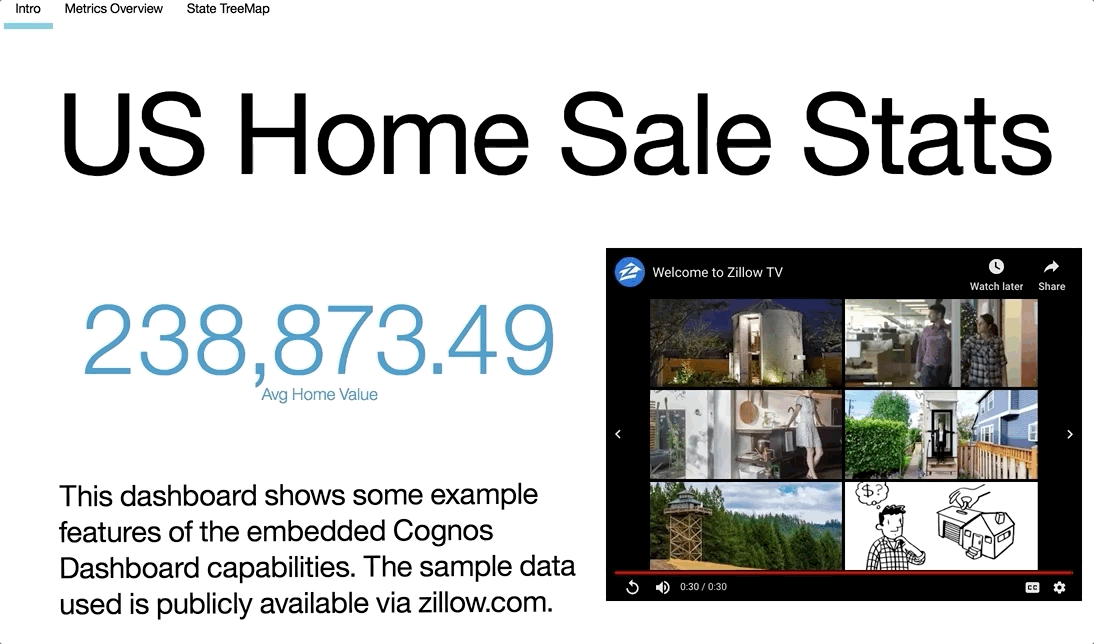The Data Scientist Need for Hosted Dashboards
As data people, we very typically spend a great deal of time summarizing our findings to stakeholders in a clear, concise and impactful way. Often times, due to the lack of infrastructure, we end up using presentation files with chart images. This can become a real pain when we need to make modifications or when the analysis needs to “live on”. Typically, this is where BI (business intelligence) or dashboard tools shine. Unfortunately, this can be a major stumbling block for smaller shops who rely on a lot of local analysis and may not have the budget for a BI tool.
Lately, I’ve been showcasing some of the freely available and hosted data science and BI tools that Watson Studio has to offer. In my last Watson Studio tutorial, I showed how to use the platform for hosted and collaborative R (or Python) programming in both a notebook and RStudio environment.
For this tutorial, I’ll focus on mobilizing your data insights through integrated, hosted dashboards. To get you excited, I’ve posted a sneak peek at the completed (and very easy to create) hosted dashboard below.
The Environment
While you can create hosted Cognos dashboards outside of Watson Studio, I wanted to show you the full integrated data science platform experience. Within a Watson Studio project, you can do everything from import data, modify and refine it, create models, perform natural language and visual recognition analysis, perform custom data science with R and Python in a variety of IDEs and more. With the addition of Cognos embedded dashboards, you can now mobilize any of this data output with a hosted drag and drop dashboard in the same interface!
The Step by Step
The full step-by-step tutorial to get the above dashboard up and running can be found on my blog here: https://www.littlemissdata.com/blog/free-dashboards

